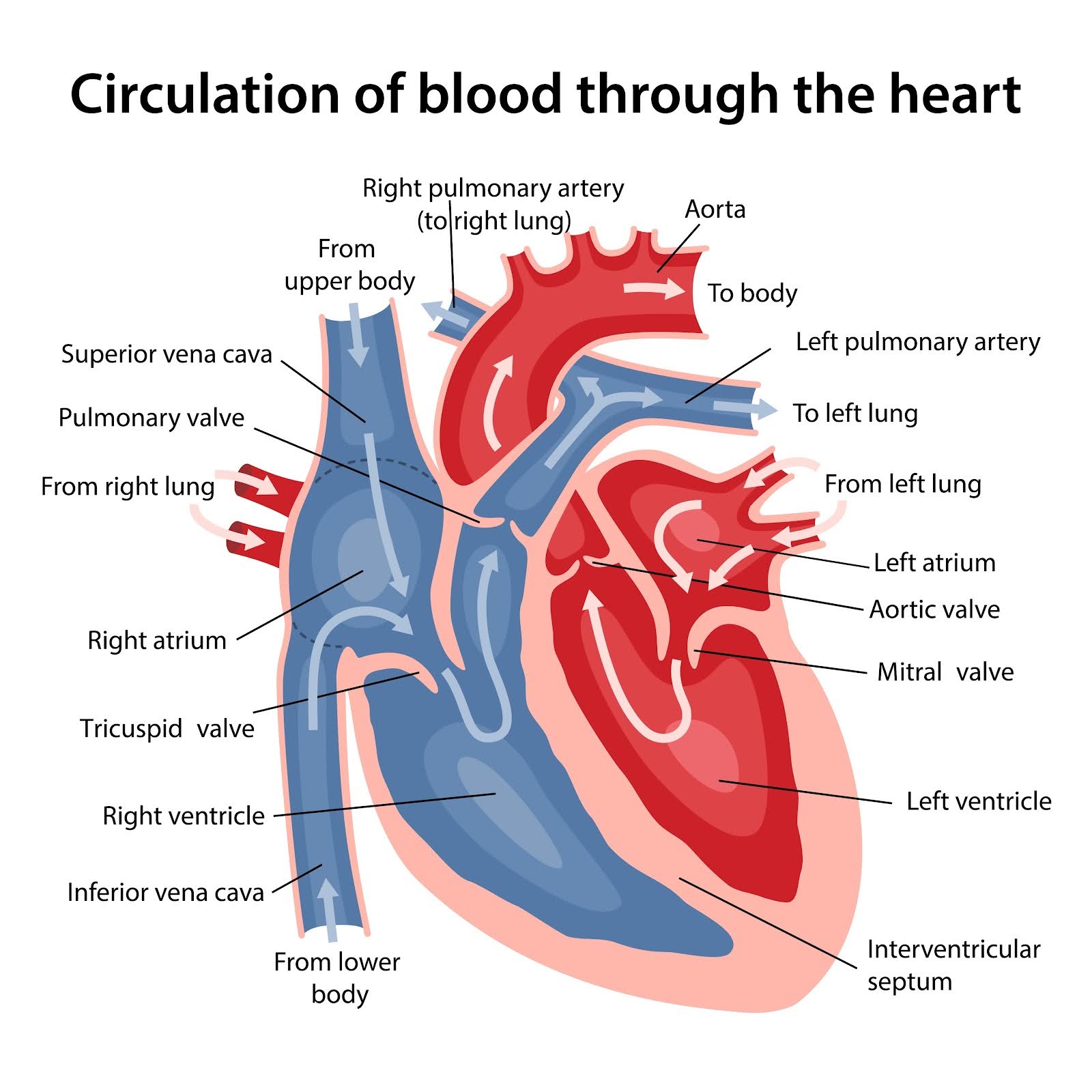Key Takeaways
- Heart Rate Training Provides Clarity: By using a heart rate monitor, you can replace guesswork with real data, allowing you and your trainer to know exactly how hard you’re working and when to rest.
- Personalized Plans Lead to Real Progress: Unlike one-size-fits-all methods, heart rate training allows for a personalized plan that is based on your body’s specific responses, leading to measurable improvements.
- Work Smarter, Not Harder: Heart rate training helps you focus on the right intensity for your goals, like using Zone 2 for efficient fat burning, so you can get better results without the risk of burnout or injury.
- The Right Tools Make a Difference: While many options exist, chest-strap monitors are generally more accurate for intense activities, giving you and your trainer the most precise data for decision-making.
Feeling unsure if your workout is working? You’re not alone. Many people get frustrated when they put in a lot of effort without seeing the results they want. Others feel like they’re constantly on the brink of burnout. But what if there was a way to know exactly how hard you should be working, and when you should rest?
That’s the power of heart rate training. It replaces guesswork with real data, helping you and your trainer create a personalized plan that fits your body perfectly.
A recent study of 92 fitness experts, including athletes and doctors, highlighted what makes a great heart rate monitor. These devices use either electrical or optical sensors to track your heart rate. While electrical sensors (like chest straps) are more accurate during intense workouts, both types can sometimes face challenges with signal interference. The key is knowing which one is right for you.
Using a monitor allows your trainer to set the right intensity for every workout. This way, you’ll feel confident that your hard work is paying off with real, measurable progress.
The Science Behind Your Success
Heart rate training works because it’s based on a simple fact: the harder you work, the faster your heart beats to pump blood and oxygen to your muscles. This increase in beats per minute is a clear signal of your effort.

Your resting heart rate is also a powerful indicator of your fitness. Very fit people often have a lower resting heart rate because their heart is more efficient. Over time, seeing this number go down is a clear sign that you’re getting fitter, and that your training is truly working.
There’s an old rule for finding your maximum heart rate: 220 minus your age. But let’s be honest, everyone is different. This simple formula isn’t always right for you. That’s why many trainers, myself included, use more personalized methods, like the Maffetone Method, which tailors a formula to find the most effective heart rate for aerobic training.
How We’ll Transform Your Results Together
Heart rate data completely changes how we work toward our goals. By using this data, we can find the right workout intensity for you, whether you want to improve endurance, lose fat, or boost your performance.
Take the Maffetone Method, for example. It uses a simple formula to find your ideal training heart rate, helping you build strength and fitness while feeling like you’re doing less. This is about working smarter, not just harder.
“The ability to use real-time heart rate data allows trainers to make immediate adjustments during sessions, preventing clients from working too hard or too easy.”
By watching your heart rate, we can spot signs of overtraining before they become a problem. An elevated resting heart rate, for instance, can signal that your body needs more recovery. This data-driven approach keeps you safe and ensures you get the most out of every session. It also builds trust, because you’ll see a clear, quantifiable difference over time.
This method helps you avoid the common trap of pushing too hard, which can lead to burnout. Instead, we’ll create a balanced plan that helps you feel in control and empowered throughout your fitness journey.
Your Heart Rate Training Zones, Explained
Heart rate zones are the foundation of a great training plan. They are based on percentages of your maximum heart rate and are key to targeting specific goals.
Here’s a simple breakdown of the five zones:
Heart Rate Zone | Intensity Range | Primary Purpose | Key Benefits |
Zone 1 | 50-60% Max HR | Active Recovery | Enhanced blood flow, accelerated recovery |
Zone 2 | 60-70% Max HR | Aerobic Base | Fat burning, endurance foundation |
Zone 3 | 70-80% Max HR | Aerobic Threshold | Improved cardiovascular efficiency |
Zone 4 | 80-90% Max HR | Lactate Threshold | Performance enhancement, metabolic buffering |
Zone 5 | 90-100% Max HR | Neuromuscular Power | Peak performance, anaerobic capacity |
- For Recovery and Foundation: Zones 1 and 2 are where we’ll build your base. Zone 1 is for warm-ups, cool-downs, and recovery, while Zone 2 is a key fat-burning zone that builds your aerobic capacity.
- For Performance: Zones 3, 4, and 5 are where we’ll focus on improving your cardiovascular efficiency and peak performance. These higher-intensity zones will be carefully incorporated into your plan as your fitness improves, always balanced with plenty of recovery.
The Right Monitor for You
Choosing the right heart rate monitor is an important step. While optical wrist monitors are convenient for general fitness, chest-strap monitors are superior for their accuracy, especially during high-intensity training.
Here are some of the top picks for trainers in Australia:
- Polar H10: The gold standard for accuracy. It’s perfect for serious endurance and high-intensity workouts, and it’s waterproof.
- Garmin HRM-Pro Plus: A great choice for runners. It provides accurate heart rate data and advanced running metrics like ground contact time and stride length.
- Wahoo TICKR X: A fantastic all-around option that balances accuracy with smart features. Its motion sensors can track and improve your form during a workout.
- Apple Watch Series 9: This is a good, user-friendly option for general health and fitness. Just keep in mind that its optical sensors may be less precise during very intense workouts.
Conclusion
Heart rate training is more than just a trend; it’s a proven method that changes how we approach fitness. By using heart rate zones and the right tools, we can create a plan that delivers tangible results, prevents injury, and keeps you motivated.
Ready to start training with confidence?
Let’s connect and design a plan that’s made just for you.
FAQ’s
What is heart rate training, and why should I care?
Heart rate training uses data from a heart rate monitor to guide your workouts. It helps us build a plan that’s made just for you, ensuring you’re always working at the right intensity for your goals. The result? More efficient workouts, faster progress, and less chance of overtraining.
How do you figure out my training zones?
We start with a personalized approach. While a simple formula like 220 minus your age is a starting point, we’ll use more accurate methods, like the Maffetone Method, to find the specific zones that are most effective for your body and your goals.
Which heart rate monitor do you recommend?
For the most accurate data, especially during intense workouts, I recommend a chest-strap monitor like the Polar H10 or Garmin HRM-Pro Plus. These monitors give us the precise information we need to make the best adjustments to your training. For general daily use, a wrist-based monitor like the Apple Watch is a convenient choice.
Will heart rate training help me burn fat?
Yes, absolutely. A key part of our training will involve spending time in Zone 2, which is specifically designed to improve your body’s ability to use fat as a fuel source. This is one of the most effective and sustainable ways to make a real change in your body composition.
Can this prevent me from getting injured or feeling exhausted?
Yes. Heart rate training is a powerful tool for preventing overtraining. We will monitor your resting heart rate and other data for early warning signs that your body needs rest. This allows us to adjust your training load proactively, ensuring you make progress safely without pushing yourself to the point of exhaustion.

